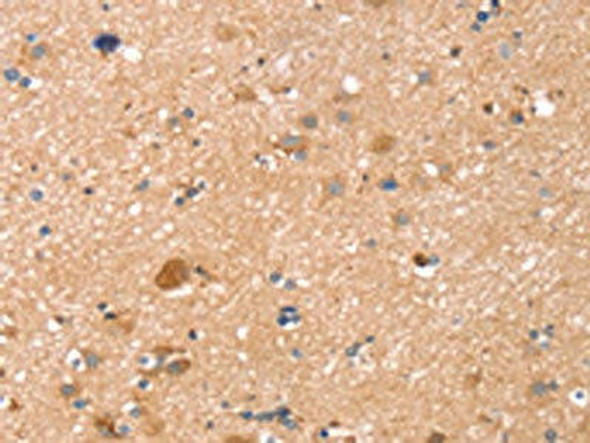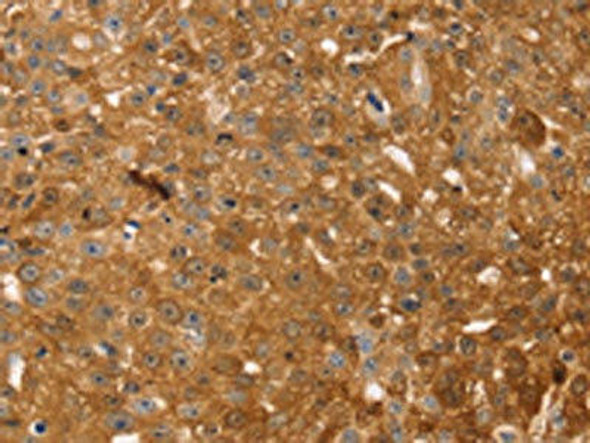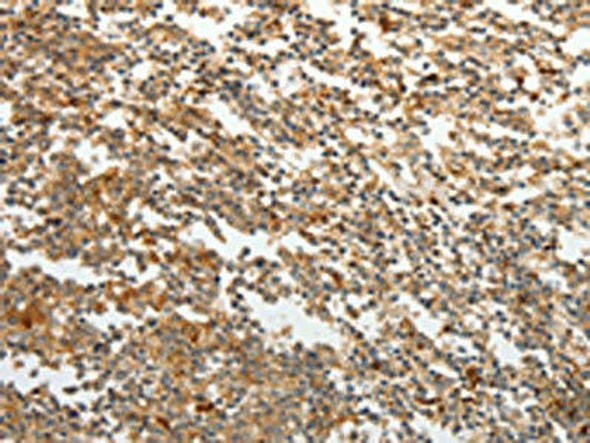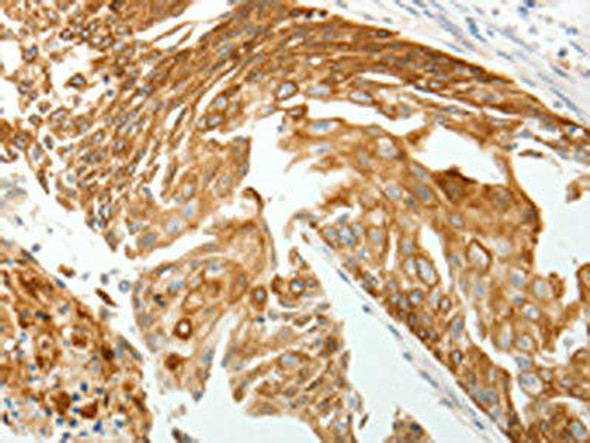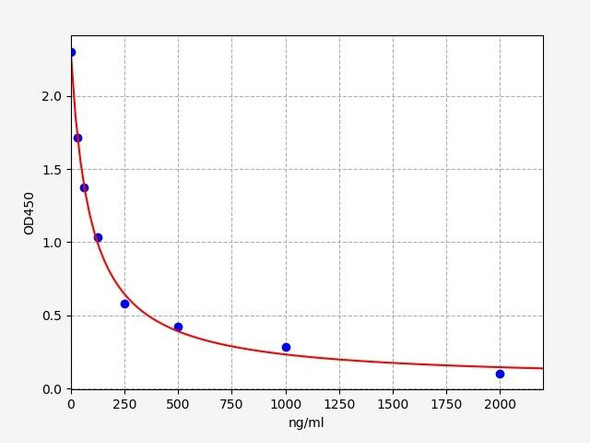Description
TMSB10 Antibody (PACO20642)
The TMSB10 Monoclonal Antibody (PAC020642) is a cutting-edge tool for researchers interested in studying TMSB10, a key protein involved in cell migration and cytoskeletal organization. This high-quality antibody, generated in mice, exhibits strong reactivity with human samples and is validated for use in a variety of applications, including Western blot and immunofluorescence.TMSB10, also known as thymosin beta-10, is essential for regulating actin dynamics and promoting cell motility, making it a crucial player in processes such as wound healing, metastasis, and tissue regeneration. Its involvement in these vital cellular functions positions TMSB10 as an intriguing target for investigations in cancer biology, developmental biology, and regenerative medicine.
By using the TMSB10 Monoclonal Antibody, researchers can accurately detect and analyze TMSB10 expression in different cell types and experimental conditions, facilitating insights into the roles and mechanisms of action of this important protein. This antibody is a valuable tool for advancing our understanding of cell migration and cytoskeletal dynamics, ultimately driving progress in various fields of biomedical research.
| Antibody Name: | TMSB10 Antibody (PACO20642) |
| Antibody SKU: | PACO20642 |
| Size: | 50ul |
| Host Species: | Rabbit |
| Tested Applications: | ELISA, IHC |
| Recommended Dilutions: | ELISA:1:2000-1:10000, IHC:1:30-1:150 |
| Species Reactivity: | Human, Mouse, Rat |
| Immunogen: | Synthetic peptide of human TMSB10 |
| Form: | Liquid |
| Storage Buffer: | -20°C, pH7.4 PBS, 0.05% NaN3, 40% Glycerol |
| Purification Method: | Antigen affinity purification |
| Clonality: | Polyclonal |
| Isotype: | IgG |
| Conjugate: | Non-conjugated |
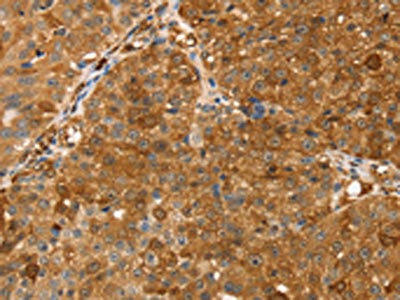 | The image on the left is immunohistochemistry of paraffin-embedded Human breast cancer tissue using PACO20642(TMSB10 Antibody) at dilution 1/35, on the right is treated with synthetic peptide. (Original magnification: x200). |
| Background: | Thymosin beta-10 plays an important role in the organization of the cytoskeleton. Thymosin beta-10 binds to and sequesters actin monomers (G actin) and therefore inhibits actin polymerization. The expression of thymosin beta-10 dramatically decreases after birth. |
| Synonyms: | thymosin β 10 |
| UniProt Protein Function: | TMSB10: Plays an important role in the organization of the cytoskeleton. Binds to and sequesters actin monomers (G actin) and therefore inhibits actin polymerization. Belongs to the thymosin beta family. |
| UniProt Protein Details: | Protein type:Cytoskeletal; Motility/polarity/chemotaxis Chromosomal Location of Human Ortholog: 2p11.2 Cellular Component: cytoskeleton; cytoplasm Molecular Function:actin monomer binding Biological Process: sequestering of actin monomers; actin filament organization |
| UniProt Code: | P63313 |
| NCBI GenInfo Identifier: | 54039778 |
| NCBI Gene ID: | 9168 |
| NCBI Accession: | P63313.2 |
| UniProt Secondary Accession: | P63313,P13472, Q596K9, |
| UniProt Related Accession: | P63313 |
| Molecular Weight: | 5,026 Da |
| NCBI Full Name: | Thymosin beta-10 |
| NCBI Synonym Full Names: | thymosin beta 10 |
| NCBI Official Symbol: | TMSB10 |
| NCBI Official Synonym Symbols: | TB10; MIG12 |
| NCBI Protein Information: | thymosin beta-10; migration-inducing gene 12; migration-inducing protein 12 |
| UniProt Protein Name: | Thymosin beta-10 |
| Protein Family: | Thymosin |
| UniProt Gene Name: | TMSB10 |
| UniProt Entry Name: | TYB10_HUMAN |


